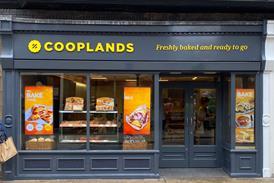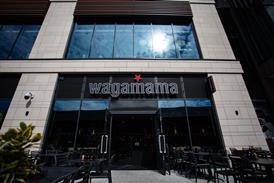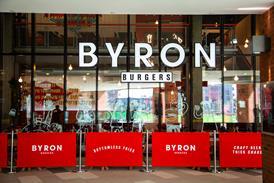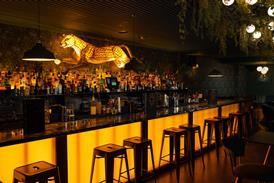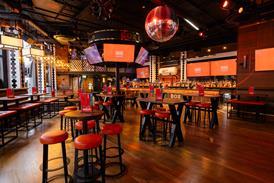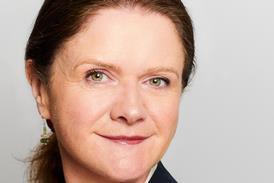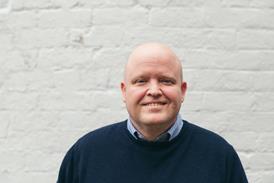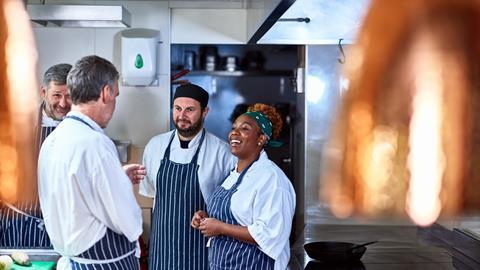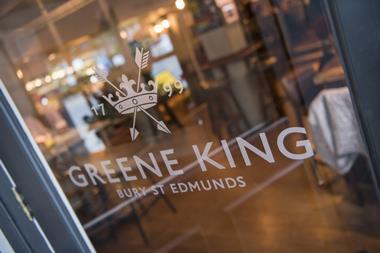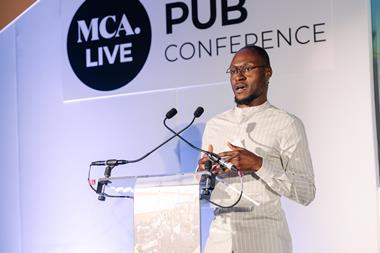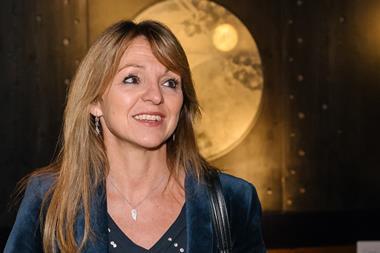With a long way to go before diversity in boardrooms matches the diversity in the kitchens, MCA speaks to both the operators and the experts to explore what lies behind the problem and what more we can do to move the dial.
There’s no question working in hospitality is an accessible first job for many people.
Conduct a straw poll across socioeconomic, religious, and ethnic lines, and it’s clear just how fertile a training ground Britain’s kitchens, bars and coffee shops are.
This assumption is also borne out by data. Research indicates nearly one-fifth of the sector’s employees identify as an ethnic minority.
Sector leaders rightfully often point to the diversity in their businesses, and how the space is a true meritocracy with the potential to rise from ‘bar to boardroom’ - to borrow a phrase from Stonegate.
On the ground: hospitality professionals and their experiences in the workplace
When asked whether the sector can do more, female operators from ethnic minority backgrounds corroborate what the statistics say, revealing they have seen little diversity in the top tiers.
Earlier this year, BIH introduced the 2023 Inside Hospitality Survey. According to founder Lorraine Copes: “Diversity in the traditional sense is not the problem…whilst there is over-representation, ethnic minorities are not visible within senior positions and positions of influence.”
Bharti Radix, founder of all-day concept BloomsYard, has also worked across finance roles with brands like the Jamie Oliver Restaurant Group, Coffeesmiths Collective, and Draft House. She’s an advisory board member for BIH.
“I’m a bit of an outlier in the statistics,” she tells MCA. “I was promoted and developed within the industry to board-level roles, but I couldn’t say there were many POC [people of colour] or women, mostly white males between 40-50 years old.”
Radix doesn’t discount the struggles that her white male peers have had to go through.
“The struggles are for everyone,” she says. “Everybody works hard to get to a board level role, but I had to work very hard and prove myself in different ways to reach that level.
“I’ve had opportunities to climb the ladder – people believed in me and I progressed quickly. People of colour might not be encouraged or feel they might not be able to get those roles.”
Reshma Sonchhatla, co-founder of Indian restaurant Chapati Club, agrees diversity in the boardroom remains a rarity.
There’s lots of diversity in hands-on roles but if you walk into a boardroom, there’s not much diversity & inclusion around the table
Reshma Sonchhatla, co-founder of Indian restaurant Chapati Club
“You may not be given opportunities to move up the ladder as quickly as your peers, especially if you haven’t been in the country that long. People who are non-ethnic might have started their careers in hospitality when they were 15 or 16 years old, and they might then be picked for more senior roles. It comes down to development.”
Hospitality is also perceived as welcoming, entrepreneurial, and inclusive. Nearly 18% of employees in the sector identify as an ethnic minority as opposed to 14% of the UK, according to non-profit Be Inclusive Hospitality (BIH).
It’s only when you start to look further up the management food chain that some of the structural inequalities seen more widely across corporate Britain become apparent.
Women, ethnic minorities, and LGBTQ+ communities might be well represented in certain roles – but they are often absent in others.
Looking in from the outside: organisations on their work with the sector
One barrier to better boardroom representation is that senior leaders from minority backgrounds are likely to feel out of place when do rise to the top.
“Mid-level managers from black and ethnic minority backgrounds are not advancing as successfully as their white counterparts across many sectors of industry and hospitality is no exception – they are simply not rising to the most senior levels,” according to Holly Addison, partner at executive search specialist Leathwaite.
“That lack of representation, in and of itself, is one of the major issues and creates a weak sense of belonging amongst senior leaders from under-represented backgrounds.”
Despite being overrepresented in some roles, research by The Resolution Foundation found that Black, Asian, and ethnic minority professionals are disproportionately likely to work in the hospitality sector – but face significant pay penalties in those jobs.


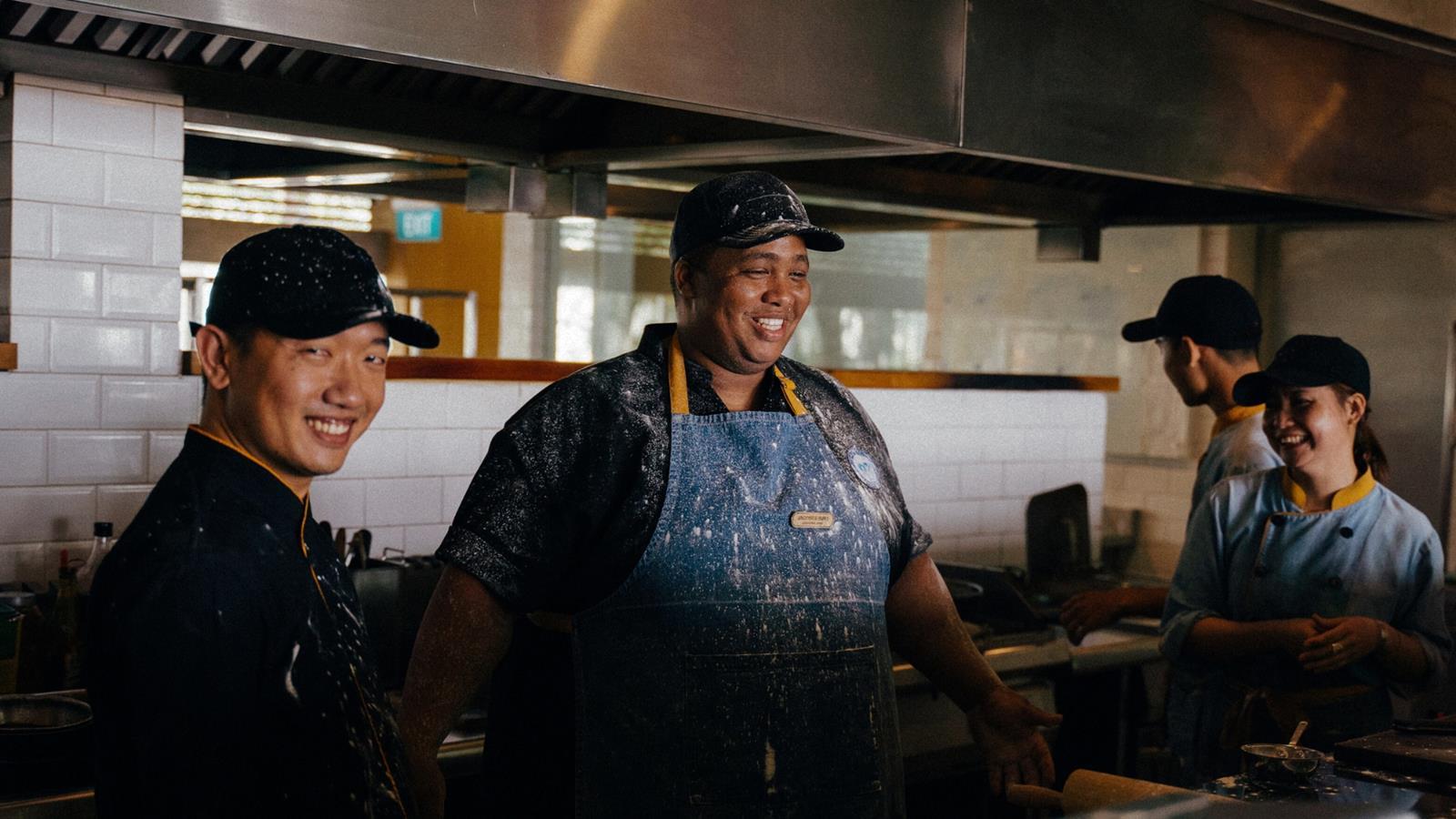
Black respondents are more likely to be on zero-hour contracts, and Asian respondents are more likely to be on part-time contracts.
White respondents are more likely to hold managerial positions, earn the most and occupy full-time employment than any other ethnic group.
Black and Mixed respondents have worked in the sector for more extended periods, and despite this, higher proportions of ethnic minority groups are more likely to hold entry-level positions and earn the least.
In her work with BIH, Lorraine Copes has found these professionals are also likely to report facing discrimination. She emphasises to MCA that her nonprofit work centres around finding out what is going on ‘inside hospitality.’
BIH’s Inside Hospitality surveys – first launched in November 2020 – have found that ethnic minorities reported experiencing high levels of discrimination in the workplace, resulting in a significant disparity between the experiences and career mobility of different employees based on race.
“Some of the key findings from the 2022 report include that Black and Asian leaders feel particularly let down by their employers regarding career progression compared to their peers,” she reveals. “Asian leaders (38%) and Black leaders (39%) felt they were well supported compared to two-thirds (65%) of White leaders.”
One approach to tackle this issue is foster inclusion, according to Be the Riot founder Nathan Nalla. He established the organisation with the aim of offering inclusion-focused workshops and consultancy services to help develop ED&I strategies across sector. He draws from his work with steak restaurant group Hawksmoor, telling MCA that going back to the beginning is a good place to start.
“At Hawksmoor, we began by looking at and unpicking the recruitment process,” he says. “Every organisation is struggling to hire people at the moment, so those who aren’t strategically thinking about diversity & inclusion are missing out on key talent.”
In a lot of organisations, there’s an idea of a culture fit – to look a certain way, be of a certain age, and therefore fit a certain way – without clearly defining what it means to fit into the culture.”
Recruitment processes can unintentionally encourage bias and discrimination through inconsistency.
“What are the values of the organisation, and how are we checking for values when recruiting rather than assumptions around a culture fit or a vague idea of what fits and what doesn’t?” Nalla asks.
“We look at the actual recruitment process, because oftentimes there isn’t a consistent one. It’s important to have people from different genders and backgrounds rather than just one person involved in the process.”
What we’ve accomplished as a sector so far
BIH research has found businesses are increasingly offering hospitality employees education and training on race, culture, and inclusion in the workplace, albeit only one in five respondents in the most recent survey reported accessing such workshops.
“What Be Inclusive Hospitality is doing is incredible,” Sonchhatla says. “You’re giving people a platform to excel in their careers through training and mentorship. Some hospitality groups are doing it right now as well.”
As an operator, she is careful to ensure her workplace fosters a sense of inclusion.
“I only came into the sector with my own restaurant, but I’ve been a massive advocate for diversity & inclusion. It’s important for me and my business to ensure we’ve got that dynamic – it’s always been at the forefront of my mind.”
Addison highlights industry-leading companies like Greene King that have taken steps in the right direction.
“There are several companies that have been recognised for there positive action in regards to advancing inclusion, such as Greene King who won the Peach 2020/Balance the Board Diversity Champion award last year,” she points out. “But there is still much to be done.”
While Be the Riot works across levels, Nalla stresses that its work with business leaders has been crucial in ensuring change comes from the top.
“We run inclusive leadership workshops where leaders work through our self-evaluation tool. There are specific behaviours to demonstrate as a leader to foster a sense of inclusion.
“It’s important to roll out learning at the entry levels of an organisation, such as inclusive behaviours and mental health first aid, and have different management levels going through tailored workshops.”
Prior to Be the Riot, Nalla spoke about his experience as the diversity & inclusion manager for Soho House, where unpicking the supply chain was also a priority.
“Some of our work at Soho House involved reviewing our suppliers, pulling out the statistics, and trying to get the bigger picture,” he adds. “It’s important to monitor the supply chain and think about conversations with the suppliers that really impact your business.”
Moving forward as a sector
As an operator, Radix says a focus on offering mentorship, learning, and development opportunities can go a long way.
“It’s about employers providing support in employees’ career paths…it’s about what we can do to ensure people can progress,” Radix states.
Addison, meanwhile, spoke at MCA’s FD Leaders event earlier this year about how staff shortages can push leaders to remove barriers to entry within the recruitment process.
She mentioned outdated staffing models remain in play, encouraging leaders to be more proactive in ensuring their processes are accessible and looking at diverse populations as a source of talent at all levels.
She further tells MCA that part of the reason for under-representation in senior roles is because diversity efforts are typically skewed away from the top.
“There are also still elements of the old ‘people like me, like me’ culture where individuals are being promoted without due process and the root causes can go unnoticed and underappreciated as barriers to progression,” Addison says. “Efforts to increase diversity typically focus on improving recruitment at the entry and mid-levels - but this will take time to show results.”
Once recruited, supporting employees through their progression is vital.
“Help and support is needed in navigating difficult professional environments to ensure black and ethnically diverse professionals are not plateauing in middle management,” she continues. “The support of an advocate or a sponsor for career progression is essential and is ensuring they have mentors who are willing to invest in their development.”

Copes underscores another of the key findings from BIH research, which shows 5 in 10 respondents would like to access education surrounding ED&I – indicating a strong appetite for change – whereas only 1 in 5 have been offered the opportunity to do so.
“I have definitely seen some small steps forward since the first survey release back in 2020, but as an industry, we need to move towards taking strides. The success of this survey is very much reliant on the entire industry getting behind it.
“A single action cannot move the dial; it is far more complex and nuanced,” she emphasises. “I would first invite the sector to read our reports. Aside from this, it’s education, examining your business, stamping out racism, developing underrepresented communities and partnering with agents of change such as ourselves!”
Stamping out overt bias is the focus, but workshops can also help address nuances around micro-aggressions across levels. Employee resource groups, mental health support, and even language lessons can go a long way, according to Nalla.
People experience higher levels of discrimination and harassment in customer-facing roles
Nathan Nalla
“In terms of positives, hospitality benefits from a huge amount of diversity and even an over-representation of LGTBQIA+ communities,” he says. “The challenge is how we all get along and treat each other, especially while doing intense work in a fast-paced environment.
“We have seen a shift over the years, but we also see scary numbers about poor mental health, particularly in kitchens.”
Looking at how organisations recruit for lower tier roles – and how those employees are treated – facilitates inclusion at the top.
“What we’re seeing is that people experience higher levels of discrimination and harassment in customer-facing roles,” Nalla adds. “There are overt behaviours you might not see in more office-based or corporate environments.
“The people at the top also need to be willing to learn. The biggest battle is that leaders need to commit and make this a priority by speaking openly about diversity & inclusion and creating opportunities, and also be willing to put money and resources behind this work. Any culture change within an organisation needs funding, whether through creating an internal function or hiring an external consultant.”
Embedding supply chain monitoring into the annual review process is an important step towards ensuring suppliers stand for the same values.
Nalla asks some important questions: “Who are the people supplying the business? What is their community impact and what do they stand for? Can we support women and ethnic minority founders?”
Nathan Nalla will speak at MCA’s upcoming Pub Conference, taking place at the Honourable Artillery Company London on 20 June.
BIH’s 2023 Inside Hospitality Report, which has collected over 3,000 responses, will be released on Monday 19 June at the Four Seasons in Park Lane. The session will include findings, panel discussions, and a Q&A.


